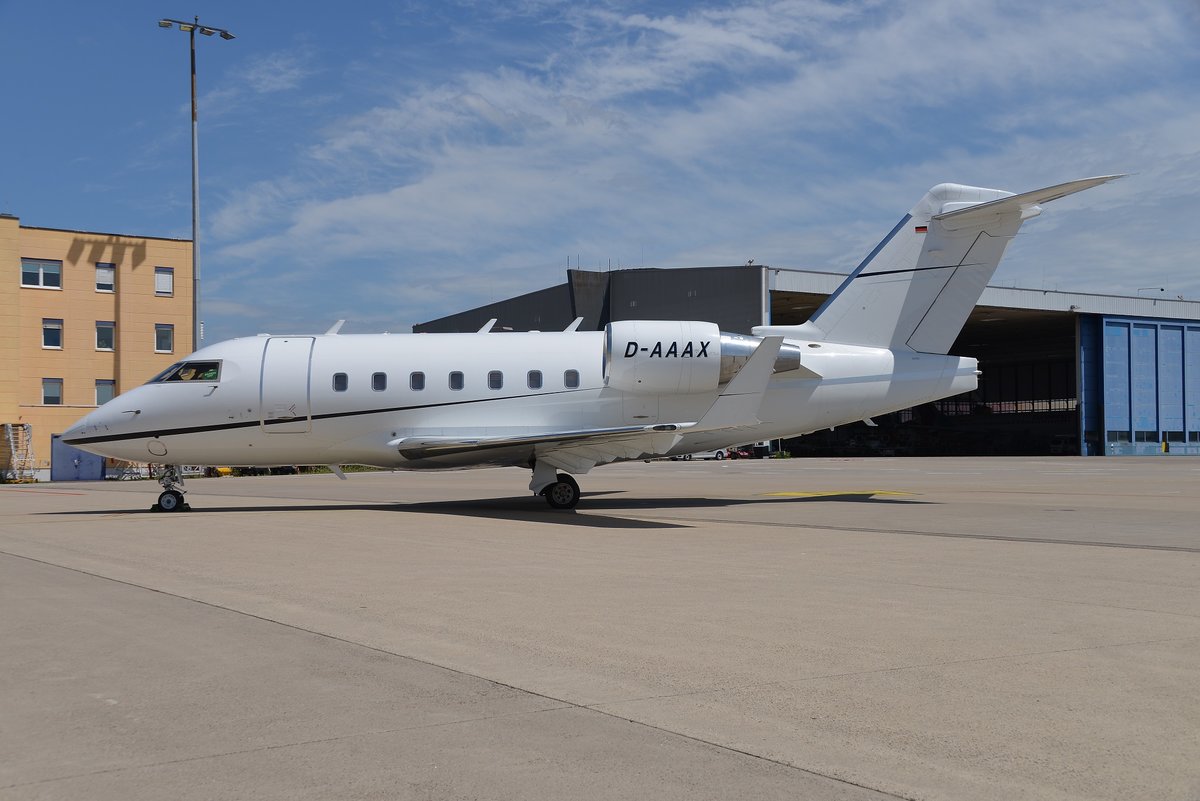

įollowing a study, contrasting the proposed Learstar against rivals such as the Lockheed Jetstar, Dassault Falcon 50, and Grumman Gulfstream II, Canadair decided to give its backing to the idea near the end of 1975. Lear did not have an expert grasp of aeronautical engineering so far, he had only been able to pay an American aeronautical consultant to undertake very preliminary design explorations.

According to authors Ron Picklet and Larry Milberry, Canadair's top management were of the opinion that Lear's concept was sketchy at best. Lear lacked the capabilities to launch such an aircraft, thus sought out other agencies to collaborate with to both produce and sell it, including the Canadian aerospace manufacturer Canadair. Initial LearStar 600 concept, with conventional tailĪround 1974, American aviation inventor Bill Lear conceptualised the LearStar 600, a low-wing, long-distance business jet, which was powered by a pair of Garrett TFE731-1 geared turbofan engines and equipped with a supercritical wing. Subsequent variants have updated systems, avionics, and higher weights. The original Lycoming ALF 502 turbofans were replaced by a pair of General Electric CF34s on the CL-601, which also gained winglets, and first flew on 10 April 1982. The Challenger is a low-wing jet powered by two turbofans mounted in aft fuselage pods, with a supercritical wing and a stand-up cabin with two seating sections. The 500th Challenger was rolled out in May 2000, and the 1000th was delivered to NetJets in December 2015.īy October 2018, 1,066 aircraft had been built. The jet was later stretched into the Bombardier CRJ regional airliner, introduced on 19 October 1992, and the longer range Global Express, introduced in July 1999. In 1986, Canadair was close to bankruptcy and was bought by Bombardier.

The flight test program saw a deadly crash on 3 April 1980, but Transport Canada approved the CL-600 type certification on 10 August 1980. The first prototype was rolled out on, and performed its maiden flight on 8 November. In March 1977, it was renamed the Challenger 600 after Bill Lear was phased out, and the original conventional tail was changed for a T-tail among other developments. On 29 October, the programme was launched, backed by the Canadian federal government, and designed to comply with new FAR part 25 standards.
BOMBARDIER CL 600 SERIES
The Bombardier Challenger 600 series is a family of business jets developed by Canadair after a Bill Lear concept, and then produced from 1986 by its new owner, Bombardier Aerospace.Īt the end of 1975, Canadair began funding the development of LearStar 600, and then bought the design for a wide-cabin business jet in April 1976.


 0 kommentar(er)
0 kommentar(er)
